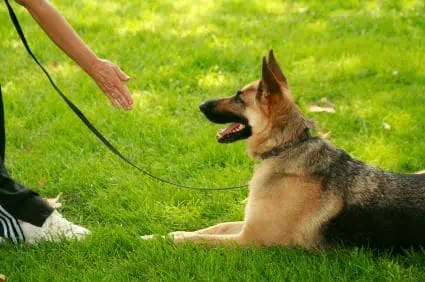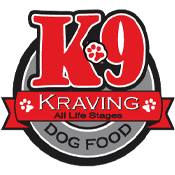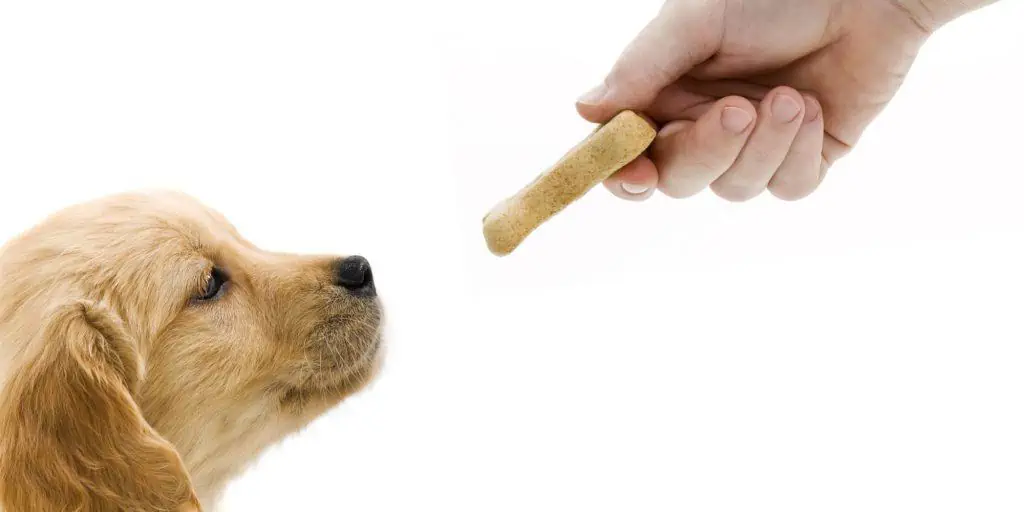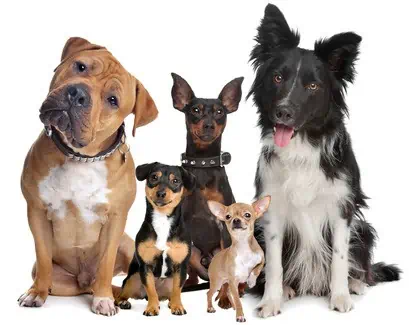Basic Dog Training with Hand Signals

Dog training with hand signals is a fun an effective way to get your dog to respond to basic commands, like sit, stay, or come. Some dogs respond better to verbal cues than others, but most dogs can be trained to respond to hand gestures alone over time. If this is something you want to try with your dog, get the dog treats ready and check out these hand signal dog training basics.
The Benefits of Dog Training with Hand Signals
Why should you incorporate hand signals into your dog training? Because doing so makes your training much more versatile. If you’re in a quiet place where you cannot speak to your dog, you can use the hand gestures to get your dog to behave in a certain manner. This also teaches your dog to pay attention to your body, not just your words. The more focused he is on your movements, the less focused he will be on other distractions (like people, other pets, and various stimuli in the area).
Basic Dog Training Commands and Hand Signals
Here are some of the most common dog training commands and their corresponding hand signals:
- Sit: With your dog standing in front of you, pull a treat from your side upward, as if you were going to throw it over your dog’s shoulder. Bring the treat to your dog’s nose and say “sit.” If your dog does not get the idea after a few upward hand movements, you may need to physically push his backside down to help him understand the concept.
- Down (Lay): With your dog in a sitting position, bring the treat down to the ground and say “down.” Hopefully your dog will follow your hand and lay his body flat. If not, try the gesture several times before lightly pressing on your dog’s shoulders or head to get him to lay down.
- Stay: With your dog in a sitting position, put your hand up flat as if to say “don’t come any closer.” Use your thumb and pointer finger to secure the treat when you do this. Say “stay” and slowly back away. After a couple steps, reward your dog with a treat. Repeat this process, expanding the distance each time until your dog no longer moves after you say stay.
- Come: With your dog standing in front of you, hold a treat in your hand and move it from your side to the opposite shoulder in a diagonal position. Say “come” as the food moves past your dog’s face toward your shoulder. If he comes to you, reward him accordingly.
Note that the hand gestures are all designed to get your dog thinking about the motion you are trying to achieve. To get him to sit, you move the food up so his head naturally rises like it would in a seated position. With that in mind, you can create your own hand gestures for other tricks you want to teach your dog.
How to Train Your Dog to Respond to Hand Signals Alone
Once your dog has learned to associate specific movements with specific commands, you can slowly start working the verbal commands out of the equation. If you use training treats to train your dog, you should still maintain the treats even for silent commands. You can transition those out later if you choose to. Start by using a vocal command with a hand signal, followed by the same command with just the hand signal. Reward the dog each time he responds properly. In time, you can use your voice less and less until you ultimately command your dog with just your movements alone.



